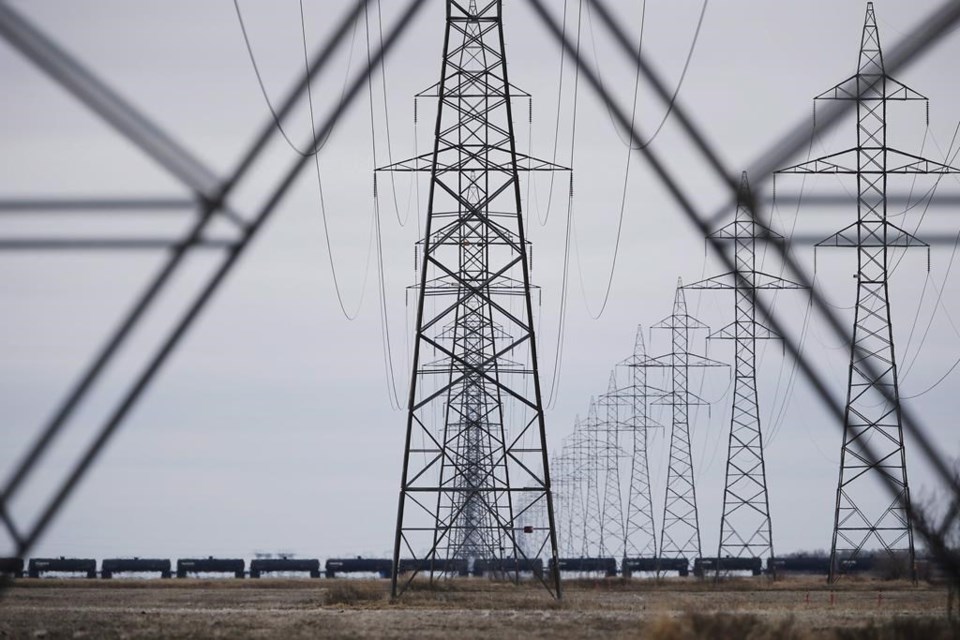WINNIPEG — Manitoba could need new energy generation as early as 2029 and must look for ways to encourage people to reduce demand, the head of the province's Crown energy corporation said Tuesday.
Manitoba Hydro is planning to reach out to independent energy producers to supply power from wind and other sources in the coming years.
"I'm confident and optimistic it'll be Manitoba-based businesses and companies, it'll be Manitoba Indigenous nations and companies (that) will bid in," chief executive Jay Grewal said in an interview after a speech to the Manitoba Chambers of Commerce.
Demand for electricity is increasing and the exact timing of the need for new generation will depend on several issues, including how many new large industrial customers set up shop and how quickly people switch to electric vehicles, Grewal said.
Manitoba Hydro is still dealing with the financial fallout of its last big construction push.
It saw its debt triple in 15 years as it built two megaprojects — the Bipole III transmission line and the Keeyask generating station. The projects ran a combined $3.7 billion over budget.
Not only would building another generating station be costly, but it could also take decades, Grewal said, so looking to independent energy producers makes sense.
Premier Wab Kinew said his NDP government will support the quest for more energy.
"We're going to ensure that Manitoba Hydro continues to expand capacity, to be able to power job creation (and) put people to work in every region of this province," Kinew said.
The corporation is also examining ways to slow the growth in demand, especially at peak times. One way is to charge different rates at different times of the day, to encourage people to do laundry and other activities outside of peak times.Â
Before winning last October's provincial election, the New Democrats called the idea "surge pricing" and promised to ban it. But the NDP government has not appeared closed to the idea in recent discussions, Grewal said.
"I would say, in conversations that I've had, there hasn't been a pushback to say 'don't pursue time-of-use rates,'" Grewal said. While time-of-use rates are set firm, surge pricing refers to charging market prices that can swing wildly according to supply and demand at any given time.
As for electricity rates in the future, Grewal said they will continue to be among the lowest in the country, but increases may have to rise faster than the one per cent hikes recently set by the provincial regulator.
"I can't (yet) say what the rate path will be, but what I will say is it's going to be more than one per cent because of the billions of dollars of capital that has to be invested in the aging assets but also to support this energy transition."
That may prove to be a challenge for the NDP government, which promised during the election campaign to freeze rates for one year.
This report by The Canadian Press was first published Jan. 30, 2024.
Steve Lambert, The Canadian Press




